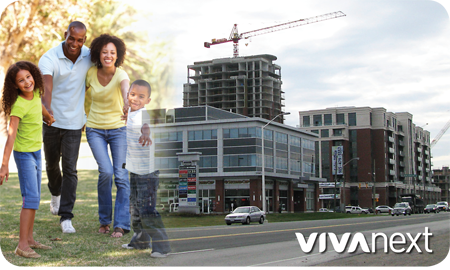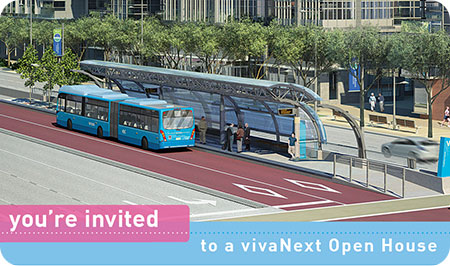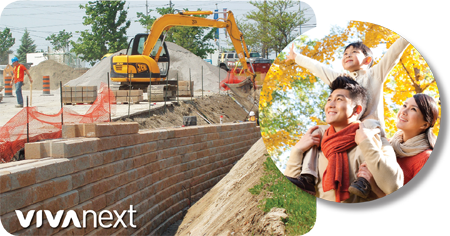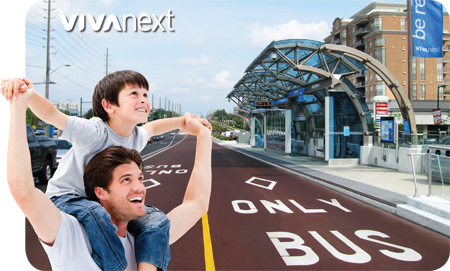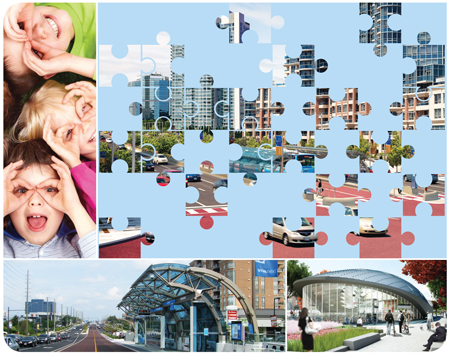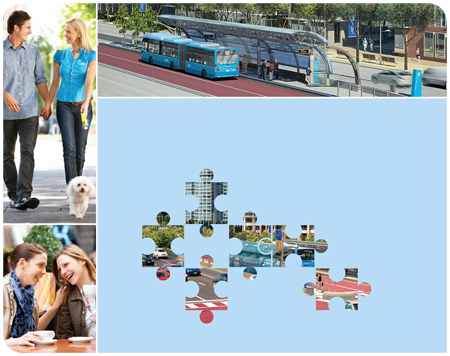Having a home is probably one of the most important and basic needs people have, and National Housing Day was introduced to remind us we should never take this fundamental need for granted. This year National Housing Day is Friday November 22, and it’s being marked by special initiatives all across the country including here in York Region, where the Region is hosting a special social media and web-based campaign to raise awareness about the importance of affordable housing.
One of the biggest challenges facing our Region is that people have limited choice when it comes to affordable housing. Traditionally a suburban region, many York Region residents have chosen to live in low-density single-family homes. As wonderful as that choice is for many, many families, there are some people who want – or need – other options. And until recently, people who wanted to live in other forms of housing had very limited choices within the Region.
York has the lowest percentage of rental accommodation in the entire GTA. In some cases, that has meant people who want to live in York Region to stay near their families, or their jobs, have had to move away. Whether it’s a young professional in their first job who has had to leave York Region to find affordable housing, or an older person who can’t manage a larger home on their own any more, too many people have found it hard to stay here at home.
Fortunately that’s changing, and VivaNext is a key driver that’s helping to expand the housing choices available here in York Region.
All along the viva routes, we’re seeing more and more housing being developed or proposed, including higher density developments near our new urban centres. Taking the direction from Regional Council, 35% of new housing in the centres and key development areas along the corridors have to meet affordability criteria, which is going to meet a key need here in York Region.
Building residential units along transit can help to reduce housing costs, since developments don’t have to include as much underground parking spaces. This can reduce costs per unit significantly. Another benefit of building near transit means people can get around without needing a car. Whether you’re a young person moving out for the first time, or an older person who is happy to give up the keys to the car, that’s a significant advantage.
The best thing is that people who want to stay in York Region are now more able to, because rapid transit and long-term planning together are resulting in more choices, and more affordability.
So on November 22, give a thought to how much it would mean to you to be able to stay in the community you love, and to have a variety of affordable options to choose from. We’re really pleased to be helping make that more possible, and wish you a Happy National Housing Day.

